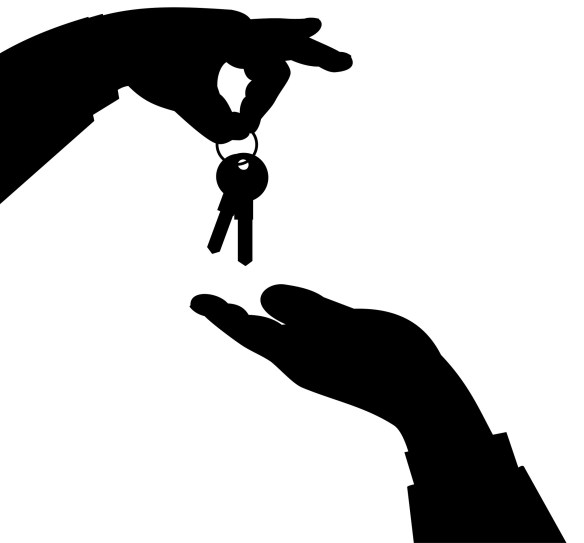US News & World Report quoted me in 3 Things to Know About Selling a House on Your Own. It opens,
The internet is full of sites that help homeowners sell property on their own, promising thousands in savings by avoiding commissions, but the National Association of Realtors says commission savings on a for-sale-by-owner transaction, or FSBO, are more than offset by lower sales prices.
The truth lies somewhere in between, according to most objective analysts. So for most sellers, deciding whether to go FSBO is a tough call.
Ali Wenzke, a Chicago writer with a blog called the Art of Happy Moving, says do-it-yourself transactions have worked well for her.
“My husband and I have sold two houses FSBO and purchased one home without an agent,” she says. “Be objective. Work hard. Be flexible to do showings at any time.”
“Anyone can do it and the average home is shown five times or less,” says Sissy Lappin, co-founder of the FSBO website ListingDoor.com.“The notion that no buyers or sellers can understand or manage what happens in a transaction is simply absurd.”
One thing is sure: the average seller’s experience does not necessarily apply in any specific case. What matters is whether you can succeed with a FSBO, regardless of whether your neighbor has.
Adjust your expectations. Experts do agree that FSBO novices should be realistic. Even if you get top dollar and avoid the agent’s commission, the process can be a time-consuming headache. And even if you don’t have an agent of your own, you may have little choice but to pay one representing the buyer, cutting the savings in half.
“While listing on your own seems easy, you are in fact replacing a job which you usually employ a broker to do full time,” says New York-based real estate agent Dylan Hoffman, who is not a fan of FSBOs. “You will need to organize showings, tours, previews and open houses. Plus all the back-end work, like maintaining photos and descriptions on websites, checking for a clear title, etc. An owner would also take on the role of marketing, both digital and print.”
The internet has made the process much easier, with many sites now offering listings, advice and services like printing signs. For a fee, usually several hundred dollars, some services will get your home on the multiple listing service used by real estate agents and buyers, though Lappin says it’s good enough to list on a site like Zillow.com, which is free. The goal is to save the agent’s commission, typically about 6 percent of the sales price, or $18,000 for a $300,000 home.
“FSBO has grown up and sellers don’t have to settle for a red-and-white generic yard sign,” Lappin says.
She says the seller of a $400,000 home with $60,000 in equity would spend 40 percent of that equity if they paid a real estate agent 6 percent commission, or $24,000.
What kind of homes sell without an agent? The National Association of Realtors says about 10 percent of home sales are conducted without an agent, though some critics say the figure is higher. The association says the average FSBO sells for 13 percent less than the average agent-assisted sale. Again, critics like Lappin disagree, with many noting the association’s studies do not look at comparable homes and lump in mobile homes and other inexpensive properties, as well as intra-family deals that tend to have low sales prices. Association figures do show that FSBO is less common with high-priced homes.
FSBO advocates generally agree that doing it yourself is more difficult for the seller, and can take longer. Though you might catch a buyer’s eye right off the bat, the FSBO approach is relatively passive, as you won’t have an agent steering buyers your way. Obviously, the seller must be available to show the house, and that can require weekdays, not just Sunday afternoons.
“It takes a lot of people skills to sell your own home,” says law professor David Reiss, director of The Center for Urban Business Entrepreneurship at New York’s Brooklyn Law School. “Can you engage with potential buyers even as they are criticizing your house and the choices you made about it? Can you distinguish serious buyers from window shoppers? Can you negotiate without giving away the farm or playing too hard to get?”
Anti-discrimination laws limit what you can tell buyers about issues like the ethnicity of neighbors, or even the number of school-aged kids or seniors on the block. And you have to be willing to show to all comers.
Going it alone also means you won’t have an agent’s advice setting the home up to it up to look its best, though you could hire a professional stager.




